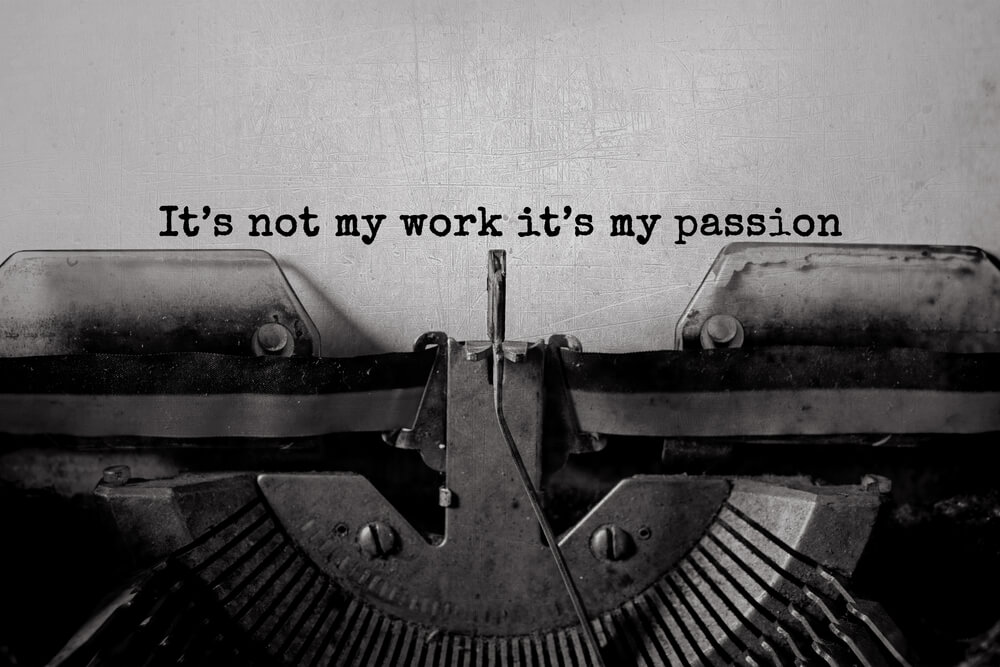There is an exciting and emerging trend being seen in organizations these days. Most of them now have at least three different generations in their employee mix. It is interesting because each of these generations looks at management principles and leadership quite differently.
Nowadays, most of the employees do not want to be told what to do. Instead, they want leaders to trust them for being capable of doing the right thing. Most of the management principles are not applicable anymore.
People do not want to be told what to do; they want leaders to trust them for being capable of doing the right thing.
The challenge
Moreover, volatility and uncertainties are increasingly becoming routine in business environments. Volatility needs decisiveness, vision, and curiosity to deal with it. And it helps to have a broad knowledge base, diversity, and courage within teams to deal with uncertainty.
Now here is the challenge – for most businesses, decision-making points are the bottlenecks. They impede agility and act adversely in a volatile, uncertain environment. Removing these bottlenecks is imperative for companies to survive in the future.
Incumbent models of leadership emphasize compliance and resource distribution and are mostly directive and hierarchical. However, given the employee-mix we have now, it needs an overhaul.
A perspective
It is now less common that one person has the skills and talent to create success. Chances of success are more with diverse perspectives and expertise of many.
That is where a new leadership model is going to be handy – the distributed leadership, i.e., democratized decision-making at a cross-functional level.
You can explore this further by creating a team of decision-makers, the second line of leadership, where you can accept decisions by a minimum quorum of the group.

Interestingly blockchain uses the same logic for approving transactions autonomously. It will reduce your workload and improve speed without increasing the risk.
Distributed leadership fundamentally differs from the traditional form and focuses on collaboration and resource sharing. It is interactive and peer-to-peer and, therefore, can offer adequate checks and balances for decision making.
Distributed leadership focuses on collaboration and resource sharing. It is interactive and peer-to-peer.
The future
Futuristic organizations, for the next decade or more, will have a multi-generational workforce. To make this mix work well, you must provide the right infrastructure, establish appropriate systems, and create the right environment. It will enable people to do their best.
Distributed leadership relies on people who lead with a substantial purpose, intent, and knowledge. These are genuine thought leaders. And those who collaborate with other thought leaders are the influential ones. Now is the time for influential thought leadership to take the lead and build futuristic businesses.
This new leadership model will significantly improve business agility and help in building the culture of diversity.
By design, there is no single point of failure. Yet, the ability to solve complex problems can increase — an increased need for participation and excellence, consensus, accountability, and sound decisions.
A caveat
However, remember that a poorly designed model is prone to decision deadlocks. The selection of members is also crucial. But, you can easily avoid these issues by setting up ground rules and appropriate systems.
The new form of leadership might be a touchy subject for many, but not for the progressive leaders who comfortably embrace new challenges.
What next
Why not run a controlled experiment and try a few things?
Create a team of high caliber leaders from your talent pool, while maintaining cross-functional aspect. First, coach them, then offload some of your decision-making, and set up guidelines. Run distributed leadership experiment for a few months and review effectiveness. Check what is working, or not working, and what you can do better. Then, rinse and repeat.
One of the essential antidotes for leading in a volatile and uncertain world is the culture of experimentation, which must exist throughout the organization.
As you master the art of experimentation, you will master the art of the future of work!
Master the art of experimentation to master the art of the future of work!
About the author
Anand Tamboli is an entrepreneur, award-winning author, global speaker, futurist, and highly sought after thought leader. He works with organizations that want to transform into a sustainable brand with creative and innovative employees. Anand specializes in areas that intersect with technology and people. Being a polymath, he can often shed new light on a topic that you think has been “done to death.” Having worked with several Fortune 500 multinationals for the past two decades, Anand draws upon his cross-industry and multi-cultural experience.
Connect with him on anand@anandtamboli.com or www.anandtamboli.com



